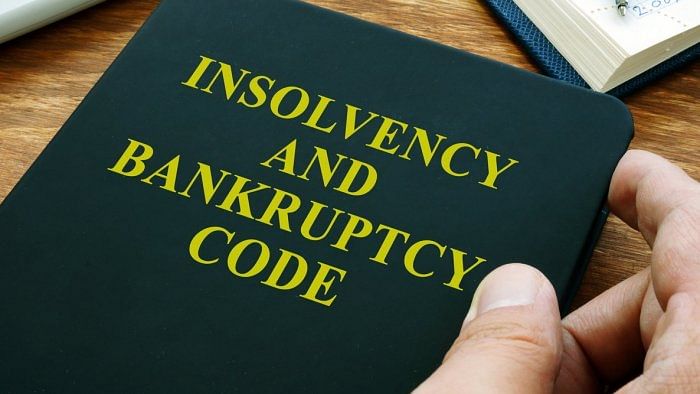
It’s been six years since the Insolvency and Bankruptcy Code (IBC) was passed to combat the burgeoning non performing assets (NPAs) of banks. The intent of the code was to establish a framework for creditors and stakeholders to revive a company within a timeframe or order for its liquidation if revival efforts failed. The code preferred reviving a struggling company as a going concern rather than recommending its liquidation. The timely resolution would ensure that the assets of the borrowers did not deteriorate in value, which was the case before the IBC guidelines kicked in.
It was not that laws did not exist before the IBC was passed. There was the Sick Industrial Companies Act (SICA) of 1985 and the Board for Industrial Financial Reconstruction (BIFR). Debt Recovery tribunals, or DRTs, were set up in 1993 under the Recovery of Debts Due to Banks and Financial Institutions Act which was renamed Recovery of Debts and Bankruptcy Act. The Securitisation and Reconstruction of Financial Assets and Enforcement of Security Interest Act (SARFAESI) was passed in 2002 to expedite the enforcement of security interests without the intervention of courts. What was striking was that under all these laws, the corporate defaulter had control over the management and was always in possession of the company. What the IBC did was, rewrite the rules of the game and shift from the debtor-in-possession model to the creditor-in-control model, effectively ending the divine right of promoters to have a say in the running of their company.
The code aimed at protecting the interests of banks by completing the resolution process in a time-bound manner — 180 days to 270 days and giving an opportunity to buyers interested in reviving the company. In the process, the law expected bankers/creditors to take haircuts — which is the extent of write-offs that they would be willing to take as a part of the resolution plan. If there were no takers to revive the company, it would be liquidated as quickly as possible through an insolvency professional.
In the time that the IBC has become operational, it has quickly become the most preferred tool for bankers for the resolution of stressed assets over Lok Adalats, DRT and SARFAESI. The average recovery rate of 45% through the IBC route has been the highest. Lenders have filed a total of 5,258 cases under the IBC since it became operational. Out of the 3,403 cases (65%) that have been closed, 17% of the cases were withdrawn by lenders following offers made by promoters under 12A of the code, reflecting that the code has had an impact on them.
What is worrying is that 47% of the companies referred to the National Company Law Tribunal (NCLT) went into liquidation. In 14% of the cases, resolution plans were approved after lenders agreed to high levels of haircuts, which have been as high as 95% in some cases. The banks must have weighed the next best alternative to haircuts, i.e., liquidation, and must have felt that taking a haircut was the best option for all stakeholders. The realised value for a lender was higher while taking a haircut when compared to the next logical outcome, which is liquidation.
The Insolvency & Bankruptcy Board of India (IBBI), which regulates insolvency professionals and processes, has said in a recent paper that the delay in liquidators submitting final reports with the adjudication authorities has increased from 168 days in 2018 to 800 days in 2022, which defeats the objective of the code of maximising the value of assets of beleaguered corporates for creditors as the value declines over time. There have been allegations that a few resolution professionals (RP) were violating the code of conduct and delaying the resolution process beyond the stipulated time and pushing for liquidation as they could earn more fees. While in a resolution plan, the committee of creditors (COC) decides the fees to be paid to RPs, in liquidation the RPs get 0.5% of the assets of the company. Another disconcerting aspect is that though the code stipulates that an application for insolvency has to be admitted within 14 days of filing, this period was a humongous 650 days in 2021-22.
Despite these hiccups and minor road humps, the IBC has been a game-changer for creditors in bringing down the level of NPAs in the banking system. The code is evolving and is still a work in progress. It has brought a behavioural change among businesses as reflected in the number of cases withdrawn by lenders before admission to the NCLT.
What is required is the early recognition and reporting of default in respect of large borrowers by banks, performing periodic stress tests, and putting in place robust risk management teams and processes that are sophisticated enough to capture the changes in risk factors.
(The writer is a chartered financial analyst and a former banker. He currently teaches at Manipal Academy of Banking, Bengaluru)